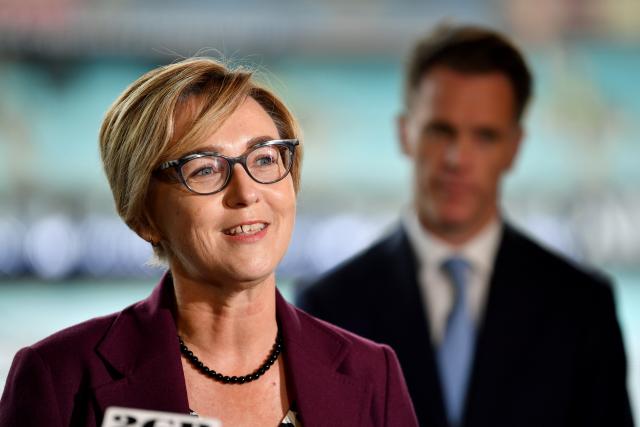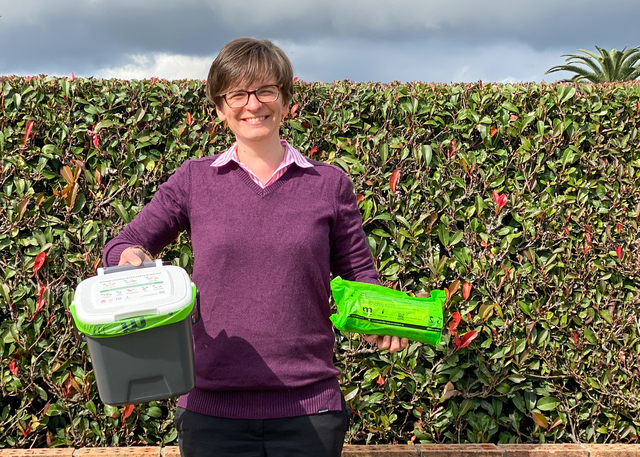On 6 April, Thamarrurr Regional Council hosted a visit by the Prime Minister, John Howard, his third to an Aboriginal community. In his address to the community, the Prime Minister commended efforts being undertaken to increase attendances at school. With Council and parents working together on a ‘no school no pool’ policy, enrolments at the beginning of this year swelled to 570.
With the school unable to cope with this rapid increase in student numbers, both in terms of classroom space and teachers, daily attendances have now dropped back to around 300. Like most remote communities, providing vital services and necessary infrastructure is an ongoing battle. Located 400 kilometres from Darwin, with almost half the trip on unsealed roads, Thamarrurr’s main town is Wadeye (formerly Port Keats).
In a recent ABC The 7.30 Report, Kerry O’Brien introduced the segment with, “Imagine an isolated country town of 2,500 people – no road access for half the year, no reliable phone service and no GP.”
Issues concerning inaccurate census data, resulting in under funding for services, as well as a desperate housing shortage, were highlighted in The 7.30 Report. To ensure it has accurate population figures, Council is now collecting its own data through community members going house to house.
Facing a raft of challenges, including being one of the first three Regional Councils to be established under the Northern Territory Government’s Stronger Regions strategy, Thamarrurr is pushing ahead to improve governance and local services.
It is also tackling the issue of ensuring Aboriginal communities having greater participation in Australia’s economy. Council has developed a scoping paper which is calling on the Northern Territory and Federal Governments to build the Blacktip gas plant and Trans Territory Pipeline. This would provide a springboard to reinvigorate the area, with local employment during construction as well as opportunities for new and existing businesses both in the region and along the proposed pipeline route.







